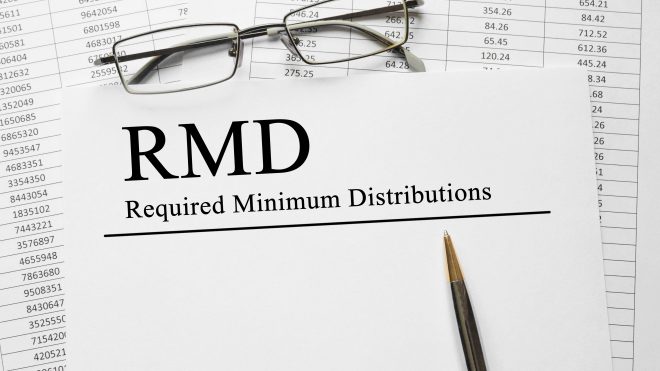In this White Paper from CKS Summit Group we take a look into government tax-incentivized Required Minimum Distributions (or RMDs). You’ll learn more about when to take the RMDs, how much you owe and extra tax liability you may have.
Understanding Required Minimum Distributions
The idea behind Required Minimum Distributions, or RMDs, is that the government wants to give us a tax incentive to save for retirement – but they also want to make sure we don’t misuse it. So, if we’re in the 28% tax bracket and we put money into a tax-deductible IRA or a 401(k), each dollar we put in really only costs us 72 cents because it’s a before-tax contribution. So, the government is helping us save, but the government really wants this to be retirement money. In other words, they don’t want it to be money that you never spend or leave for your heirs. They want to make sure you pay tax on it eventually.
IRAs are one example of a use-specific plan, which the government loves. The 529 college tuition plan is another example; it’s extremely tax-efficient for the investor if used for college, but extremely tax-in efficient if used for retirement. Similarly, IRAs are designed to encourage people to save money for retirement, and if the money is used for that purpose, then it’s taxed in a friendly manner. If it’s used for anything else, it’s not.
The challenge for the IRS in providing this incentive for retirement savings has been the same challenge faced by the Social Security Administration in maintaining the system’s solvency: people are living longer. Today, there is a 50% chance that the average 65-year-old American will live into their late 80s. For the average couple aged 65, there is a 50% chance that at least one spouse will live to age 92. The IRS doesn’t want to wait until your death to get its tax money because it might end up waiting a very long time. Thus, everyone is required to begin taking minimum distributions from their savings plans after age 70 and a half.
To the government’s credit, it has actually lowered RMD percentage amounts in recent years because it recognized that increasing longevity rates were creating challenges from the other end as well, with some people legitimately worried about depleting their IRAs before they died. The bottom line is simply that the IRS doesn’t want retirement income vehicles to be used as inheritance vehicles, so they require you to take minimum amounts of income from those vehicles each year once you’ve reached the requirement age.



